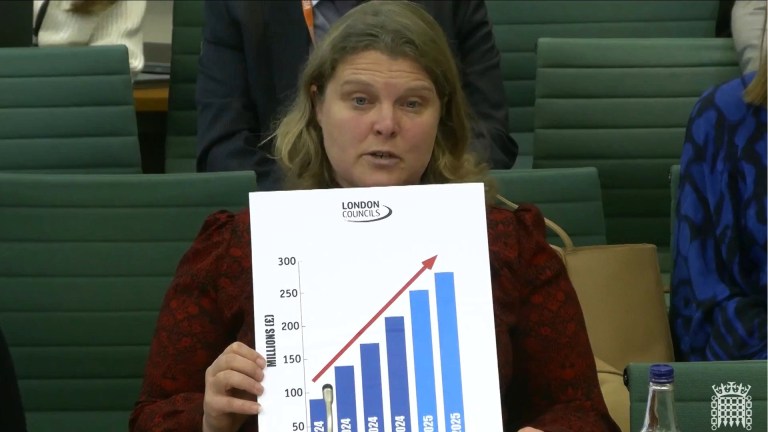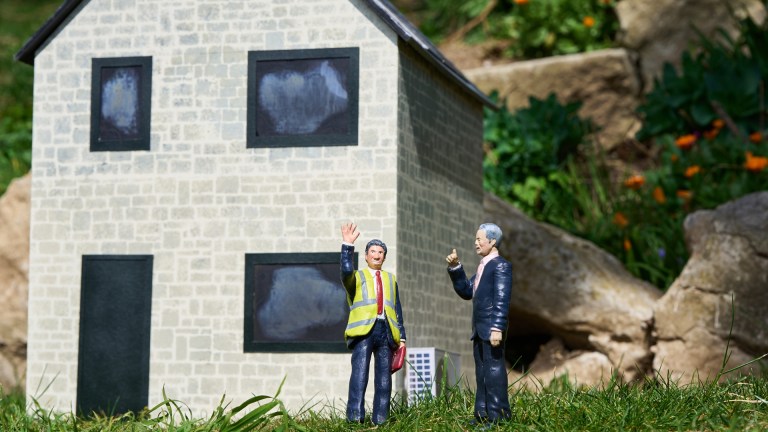Co-housing began in 1970s Denmark with Saettedammen, a settlement established by the late visionary Jan Gudmand-Høyer. Unlike communes, co-housing communities live separately in their own homes, though there are often communal areas. Residents do not give up any financial or domestic privacy. Co-housing communities seek stability and support from one another. This can take the form of childcare, chores, shared items, resources or DIY skills. The arrangement has become a popular housing option in Denmark and the trend has spread across Europe to parts of the UK.
Co-housing has taken on many forms in recent years, from tiny houses to streets designed for co-living, to apartment complexes in big cities. Across the UK, it’s a way of life that’s in full swing, with examples like LILAC in Leeds, Marmalade Lane in Cambridge and many more projects in the planning phases.
In most cases, each member of such a community has their own living quarters, alongside communal kitchens, laundry rooms, playrooms, and even co-working spaces. A core principle of these communities is to work together to keep the grounds in good shape, share resources, alternate cooking duties and, in some cases, even distribute childcare responsibilities.
Flora Samuel, architect and author of Housing for Hope and Wellbeing, explains that mainstream housing works to the detriment of community building. “So many policies are there to smash communities apart, like the bedroom tax or not having any say on the location of your social housing,” she said. “It’s hard to keep communities together at this time, but we’re only going to get through [hardships] by sticking together as communities and sharing the limited resources we have.”
Get the latest news and insight into how the Big Issue magazine is made by signing up for the Inside Big Issue newsletter
Meanwhile, current housing models place responsibility for the housing crisis on individuals, according to Keith Jacobs, urban sociology professor at the University of Tasmania. It leaves young people “blaming themselves for not earning enough”, he says, “whereas co-living and solutions of communities pooling wealth is a fantastic example of collective strength.”










